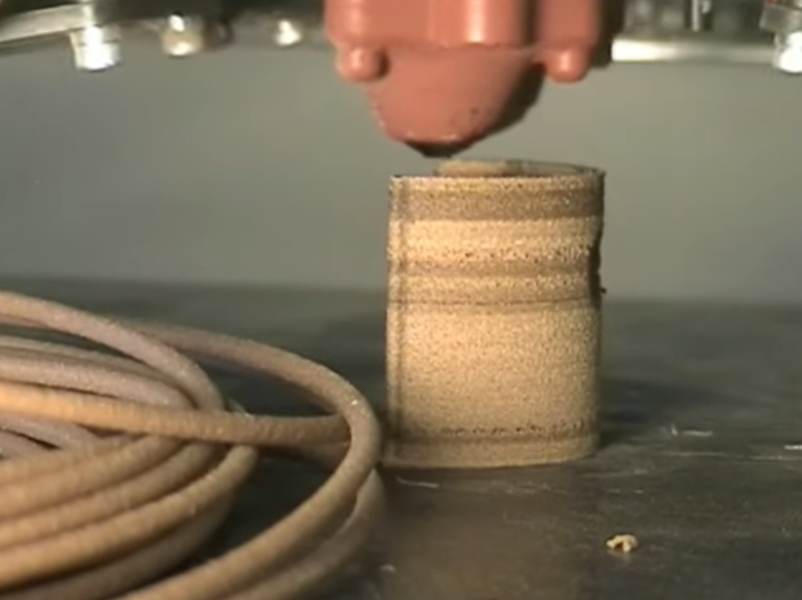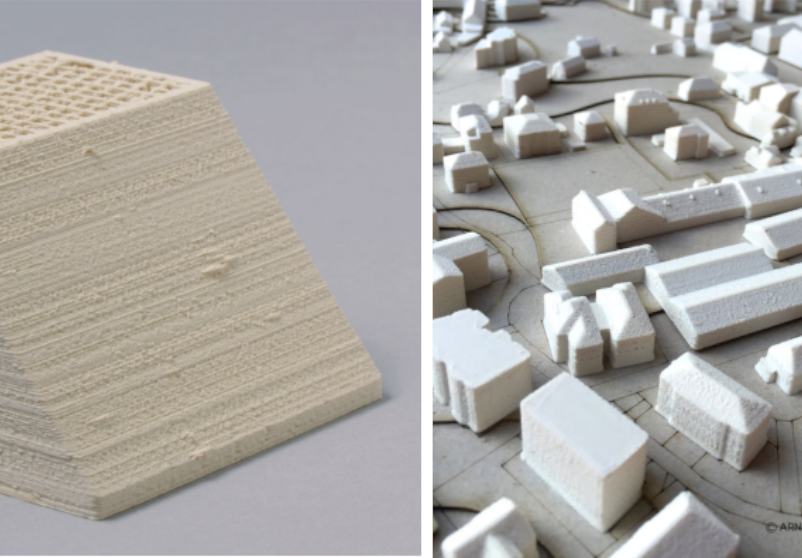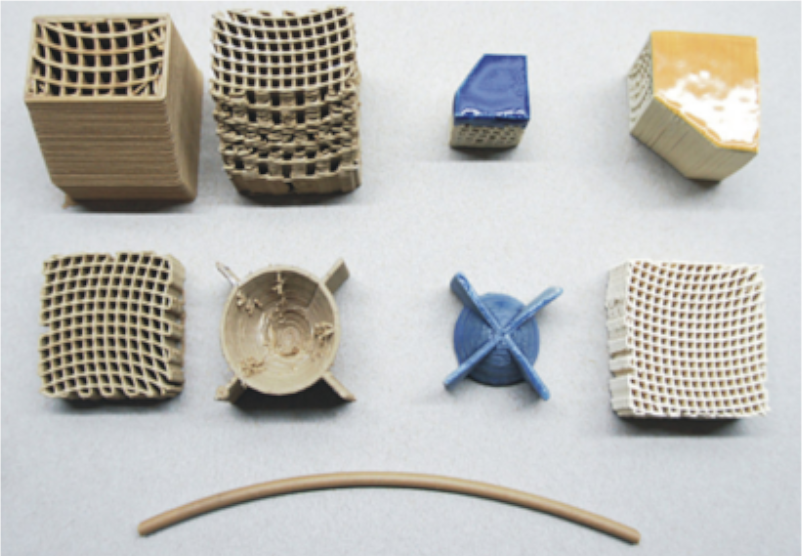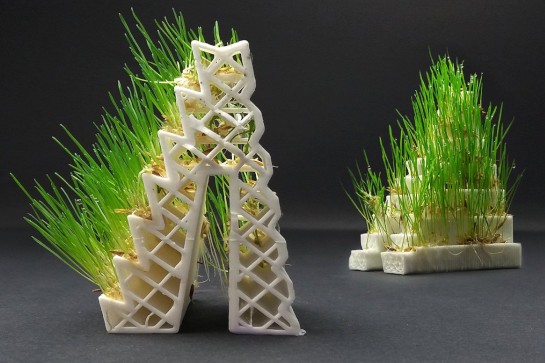
Every invention begins as an experiment and is considered revolutionary to some degree. Additive manufacturing is no different in this respect, and the experimental and revolutionary aspect of new materials and technologies in 3D printing is always very striking and exciting. This is due to the fact that 3D printing is relatively new but it is developing at a truly stunning pace, mostly due to the fact that more and more sectors and businesses decide to enter Industry 4.0 with the help of AM. This means an immense variety of needs to meet and challenges to overcome.
Ten productive years on the 3D printing market
10 years ago when the 3D printing market only had PLA and ABS to offer, a German engineer Kai Parthy launched his first filament called LayWoo-D3. At that time, it was the first wooden filament on the market and the inventor himself sparked interest in the 3D printing community. His next invention LayBrick encouraged other manufacturers to start experimenting with wood and ceramic filaments as well. As of today it can be safely said that Kai Parthy has not disappointed, since he hasn’t stopped delivering 3D printing filaments and other inventions, such as a dual color hotend or anti-warping solutions.
The Lay Filaments catalog
The Lay Filaments catalog consists of over 10 innovative filaments (some of them with variations) with interesting properties, often yet unmatched in the 3D printing market. The Lay filaments have very unique and practical uses, and more often than not, they yield an object that does not look 3D printed at all, which in certain applications can be an advantage. All the filaments by Kai Parthy are high quality products subjected to extensive testing before they are launched on the market. Some of the most inventive Lay Filaments are GrowLay, the LayWood series, LayBrick, LayCeramic, Reflect-o-Lay, SoLay, MoldLay, the PoroLay series and the LayAway series.
GrowLay
At the time of its launch, the GrowLay filament was a material never before seen in 3D printing. It is a biodegradable microcapillary filament that can absorb water, liquid fertilizer, seeds and substrate, which is why it can serve as a structure for growing plants, fungi, lichen, moss and even cheese.
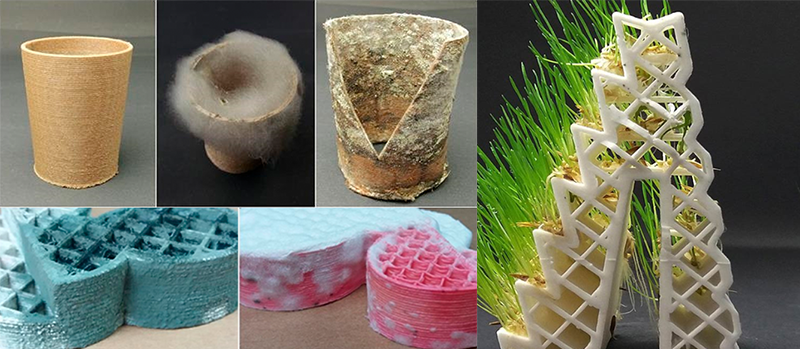
Image 1: Pieces 3D printed with the Brown and White GrowLay filament. Source: Lay Filaments.
It comes in two options - Brown GrowLay and White GrowLay. Both of them can be dyed with food dyes and sterilized (never thermally), which has made it very popular with research centers, pharmaceutical institutions and even creative chefs.
Video 1: How to 3D print with the Brown GrowLay filament. Source: RucklerSaga.
While the Brown GrowLay contains natural wood cells in its composition, the White GrowLay does not, which translates into lower tensile strength and stiffness. This makes it slightly more difficult to 3D print and for that reason it is recommended to those who have experience with the Brown GrowLay.
The LayWood series
LayWoo-D3 is the filament that everything started with back in 2012. This filament is composed of 40% wood fibers and its surface finish is similar to that of wood. It can be sanded and painted and changes color depending on the extrusion temperature, which makes it perfect for 3D printing decorative pieces such as home decor or wooden moldings.
Image 2: LayWoo-D3 (right) and LayWood Flex (left) by Lay Filaments. Source: Lay Filaments.
Laywood Flex was created from LayWoo-D3 by adding flexibilizer components. It is composed of 35% wood fibers, a polymer binder and a flexibilizer. Like Laywoo-D3, it can be sanded and painted, and the extrusion temperature changes its flexibility and color, which can be used to recreate the annual growth rings effect.
LayBrick and LayCeramic
LayBrick is composed of sandstone and a polymer binder, and its surface finish resembles stone or ceramic although it is not a ceramic filament in terms of its properties. Its roughness increases or decreases depending on the extrusion temperature. Like LayWood, LayBrick is perfect for printing decorative 3D parts, or for printing architectural models.
Image 3: The LayBrick (left) and LayCeramic (right) filaments by Kai Parthy. Source: Lay Filaments.
LayCeramic, on the other hand, is a filament with actual ceramic properties. An object 3D printed with this filament needs to be subjected to a process of debinding and sintering in order to remove the polymer binder to make the part fully ceramic. Next, the piece can be further processed (e.g. enameled) to give it a ceramic appearance.
Reflect-o-Lay
Reflect-O-Lay is a filament made of semi-flexible PLA and retroreflective beads, another of Kai Parthy’s inventions. The filament is filled with millions of reflective pigments that glow intensely when illuminated by a torch or car lights, regardless of the angle.
Video 2: The theory behind the Reflect-O-Lay filament. Source: Lay Filaments.
Reflect-O-Lay can be used to 3D print bicycle accessories or passive signaling for traffic visibility and safety, or cool glow-in-the-dark accessories. 3D parts printed with Reflect-O-Lay are flexible and washable, so they can be glued or sewn onto clothing and washed without the risk of losing the reflective properties.
SoLay
Solay is a filament as elastic as rubber (Shore hardness 90A) and is intended to be used in a similar way to rubber, for example in shoe soles, belts or bracelets. It was developed with the textile sector in mind but it can be used in other industries, both for prototyping and for 3D printing end use parts. It is perfect for the 3D printing of experimental footwear as it can be painted (both the filament and the printed piece) with alcohol based inks.

Image 4: Dyeing a piece 3D printed with the Solay filament. Source: Lay Filaments.
It is easy to 3D print and it is recommended to do it on a 3D printer with a direct extruder (better for flexible filaments), such as the Raise 3D Pro2 printer or the Creality CR-10 printer.
MoldLay
MoldLay is aKai Parthy’s newest release. It is a filament with wax-like properties. It was designed for printing 3D molds for lost wax casting as well as permanent molds for metals. It manifests almost no strain and it does not require a heat bed for 3D printing. In the lost wax casting method the mold is surrounded by concrete and the filament model melts inside, leaving a shape to be filled with the desired molten metal
Video 3: Lost wax casting with the MoldLay filament. Source: Lay Filaments.
Once the piece is done, the remaining concrete can be removed by submerging the piece in a bath of citric acid for a few hours. MoldLay makes the molding process simpler, more affordable and quicker than traditional lost wax casting. It does not emit toxic fumes when melted and it does not require any specialist equipment as MoldLay can be belted in an ordinary kitchen oven.
The PoroLay series
Lay-Fomm and Gel-Lay are two very unique filaments from the PoroLay family. The PoroLay family materials were designed to 3D print microporous, floatable and stretchable foam-like, rubber-like or leather-like objects.
Lay-Fomm, available in two options: LayFomm 40 (Shore hardness of 40A) and LayFomm 60 (Shore 60A), is highly porous and partially soluble. It is made of a polymer and PVA, a soluble material. The 3D printed object is rigid and strong but when placed in water, the PVA dissolves and a microporous elastic rubber object is left. It is ideal for 3D printing elastic sponge-like objects, for example a simulation of marine life. The longer the soaking time, the more flexible the object becomes. Moreover, pieces 3D printed with LayFomm can be wetted with other liquids such as oil, glycerin, inks, saline solutions, ionic liquids or to be electrically conductive.
Video 4: A sponge 3D printed with the LayFomm filament. Source: Lay Filaments.
GelLay, on the other hand, imitates gelatine when it comes into contact with water. It is composed of a TPE elastomer and a soluble PVA. It is very useful for 3D printing soft objects for applications where water contact and buoyancy are needed, for example in biomechanics.
Video 5: 3D printing with the GelLay filament by Kai Parthy. Source: Lay Filaments.
The 3D printed object is strong and rigid but once rinsed with or submerged in water, the PVA in the GelLay is dissolved and the object gains gelatinous properties. Similarly to the LayFomm filament, the GelLay filament can be moistened with liquids other than water, such as oil, glycerin, inks, saline solutions, ionic liquids or to be electrically conductive.
The LayAway series
The LayAways series is a family of support materials by kai Parthy and it is formed by EthyLay, High-T-Lay (formerly known as Chamberlay), LayCloud and LayPVA. Support materials help obtain complex and intricate structures when 3D printing with the FDM technology. Once the object is 3D printed, the support is removed manually or by dissolving. For 3D printing with support materials a 3D printer with a double extruder, such as the BCN Epsilon W27 printer or the Raise3D E2 printer.
High-T-Lay, formerly Chamberlay, is a water-soluble high-temperature support filament for materials with a high softening temperature. It can be combined with technical materials such as PC or POM as well as standard filaments such as ABS thanks to its temperature of extrusion of 240 ºC and being able to withstand chamber temperatures of around 100 ºC for prolonged periods of time. High-T-Lay can be dissolved in water, which means that it does not require a ventilated work area, which is the case when working with D-Limonene, a solvent required when working with other support materials such as HiPS.
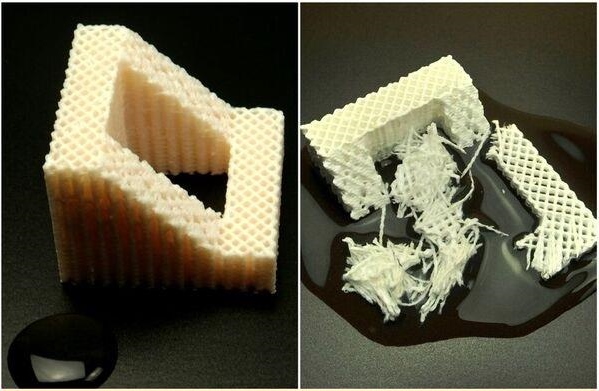
Image 5: The High-T-Lay support material for high temperature materials. Source: Lay Filaments.
LayCloud is the first on the market support material specifically designed for use with flexible or semi-flexible filaments such as TPU and TPE. It can be printed at temperatures up to 240°C and dissolves in both hot and cold water, although hot water accelerates the process. Since it is water soluble, it offers a practical advantage to support materials such as HiPS that require D-Limonene as solvent, a substance that needs to be used in well ventilated areas with protective equipment.
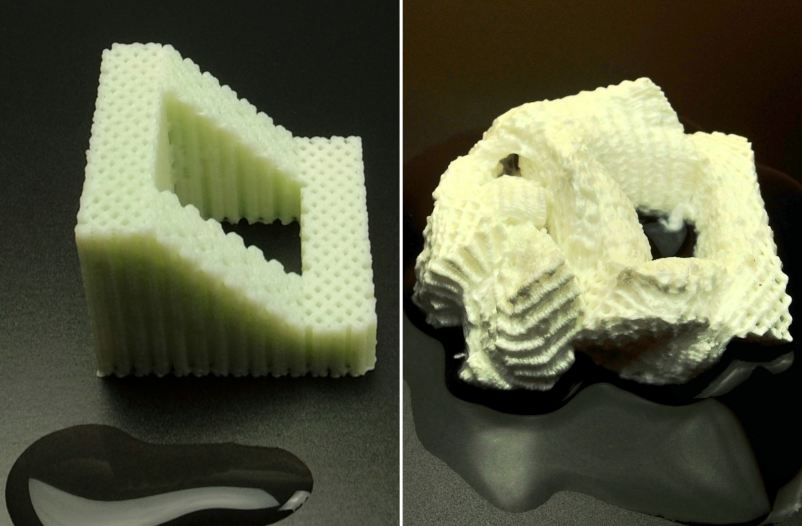
Image 6: The LayCloud support materials from the LayAway series. Source: Lay Filaments.
LayPVA is another soluble filament from Kai Parthy. PVA (polyvinyl acetate) is a water soluble material often used as a support material. It emits no toxic fumes, is colorless and can be dissolved in both hot and cold water, and, similarly to LayCloud, hot water dissolves LayPVA faster. It is slightly stiffer than other PVA filaments, which makes it easier to print. It is designed to be used with PLA, ABS and Nylon. The LayPVA was designed to be more resistant to heat distortion and thermal degradation inside the extruder, which tends to be an issue with other PVA filaments. Therefore it can be used with 3D printers with a heated bed and still adhere well.
Unique and visionary 3D printing materials
Kai Parthy is an extremely creative and prolific material creator. He introduces a new unimaginable filament approximately every year, now having around a dozen original and unmatched materials in his portfolio.
Lay Filaments are very versatile filaments and can be used in many sectors, by users with different degrees of skill, and for numerous applications such as molds, supports, plant growing bases, decorative wood and ceramic items, textiles, road safety accessories or sponges and gelatinous objects.
The 3D printing community is impatiently waiting for Kai Parthy’s next ingenious material. May the next 10 years of his work bring more cutting edge filaments for the new needs arising in additive manufacturing every day.


